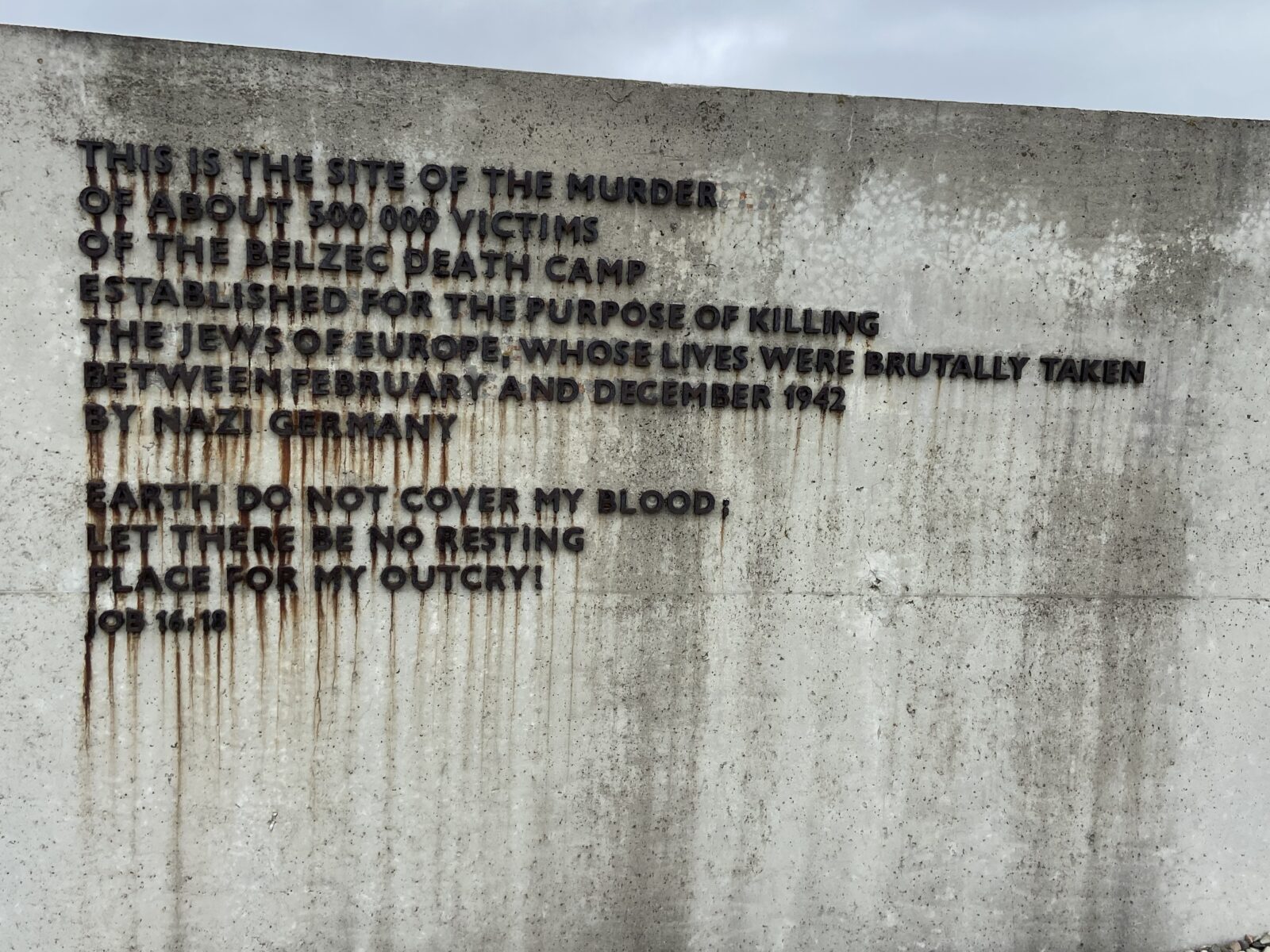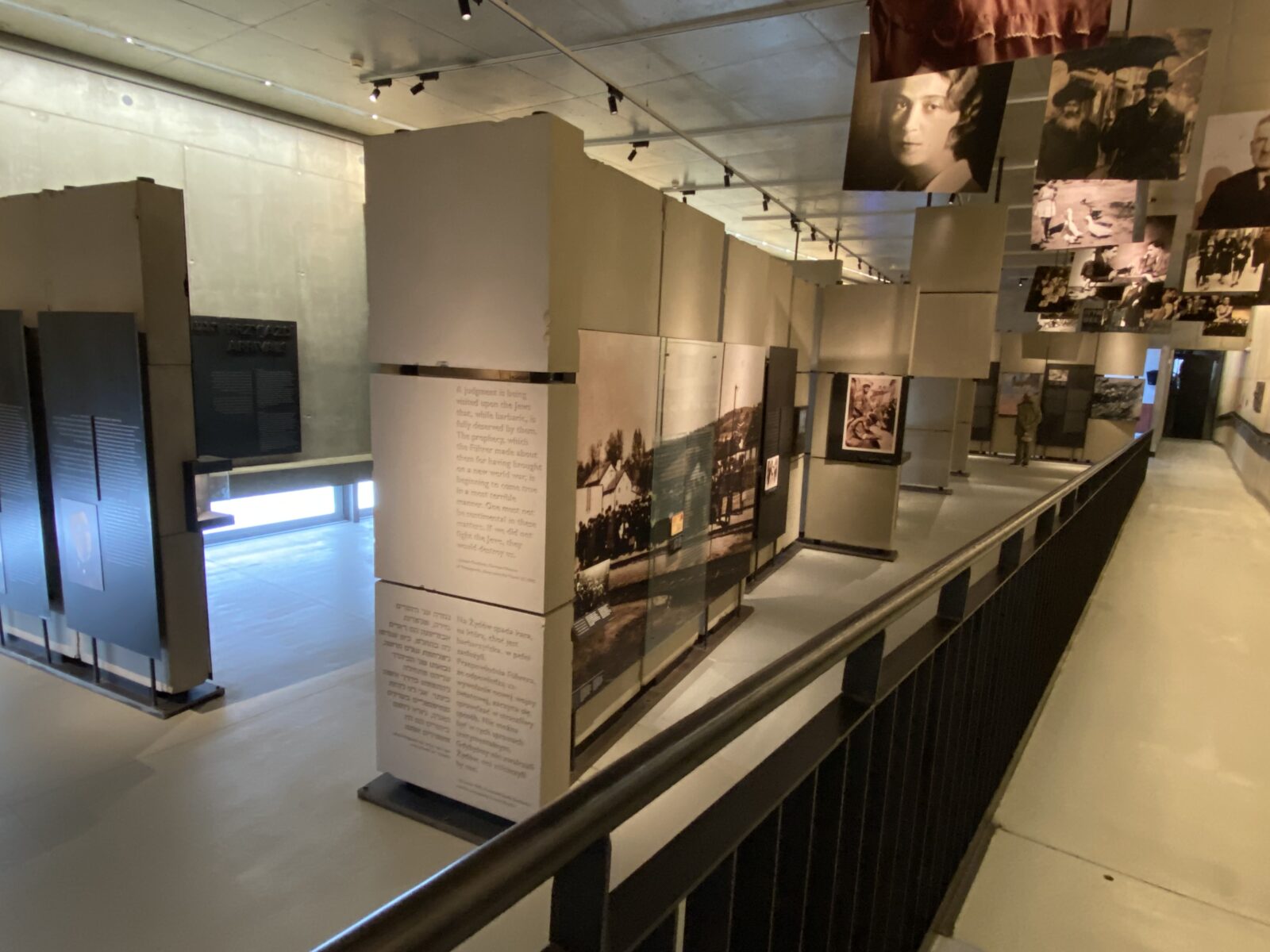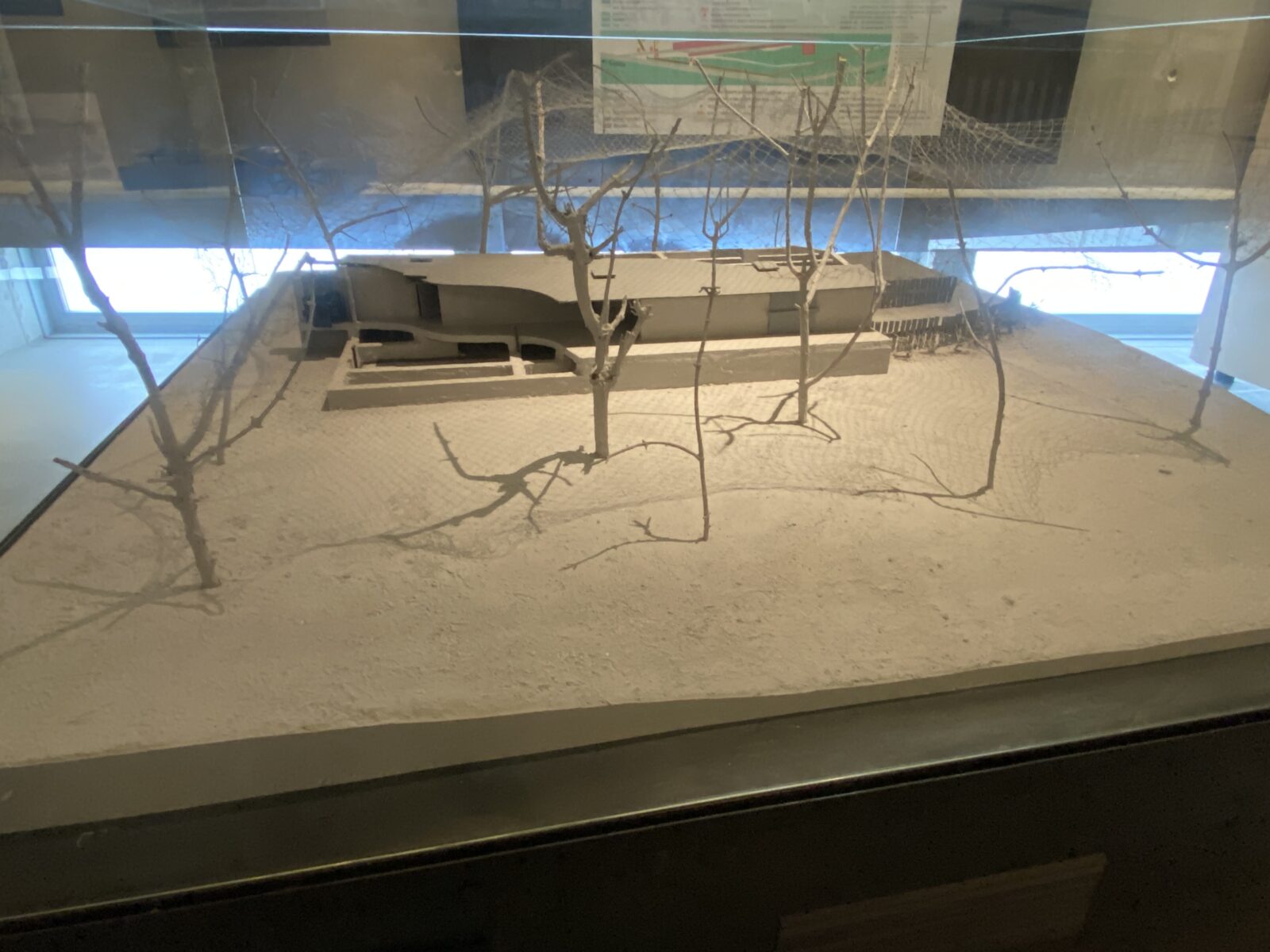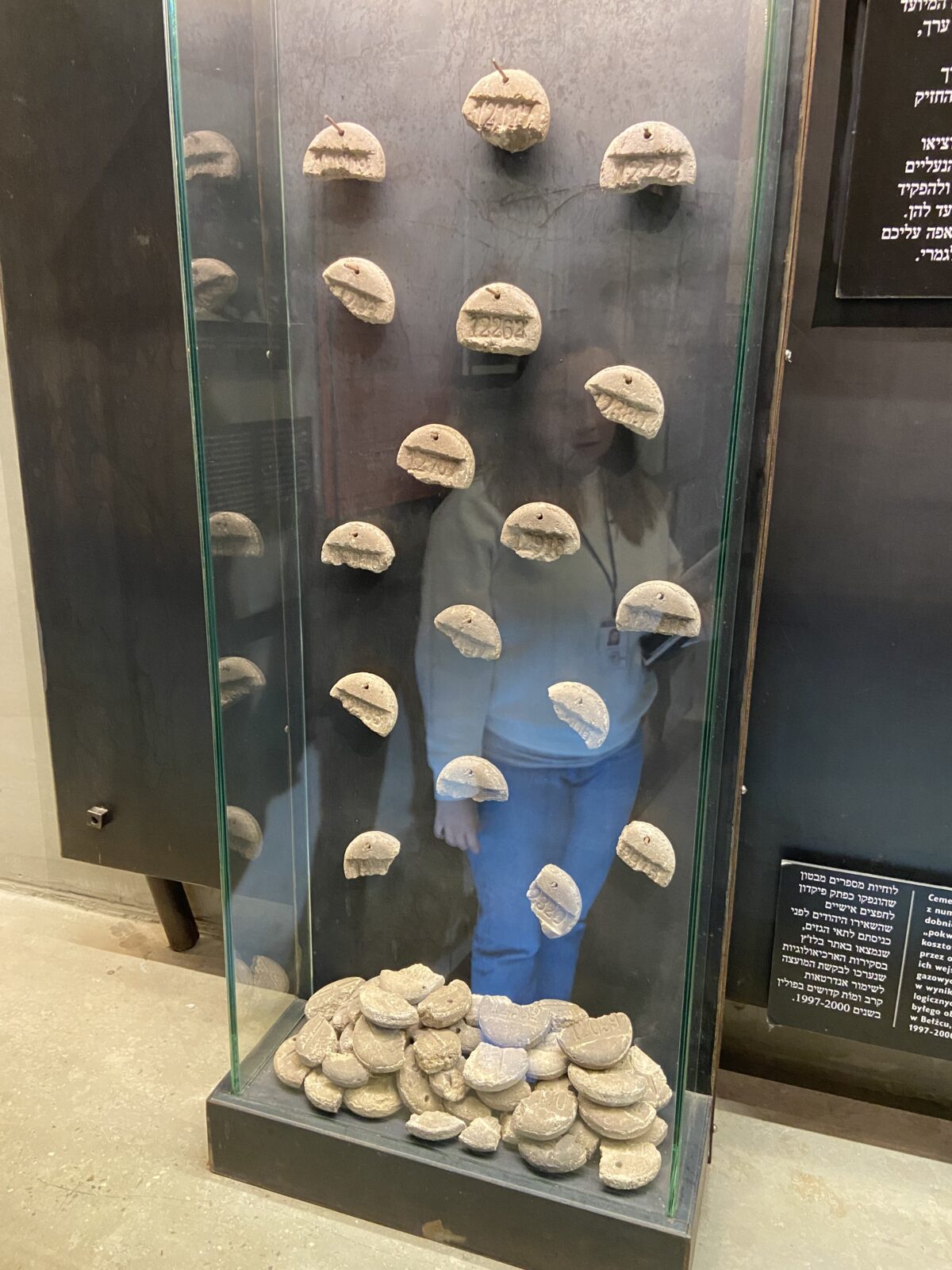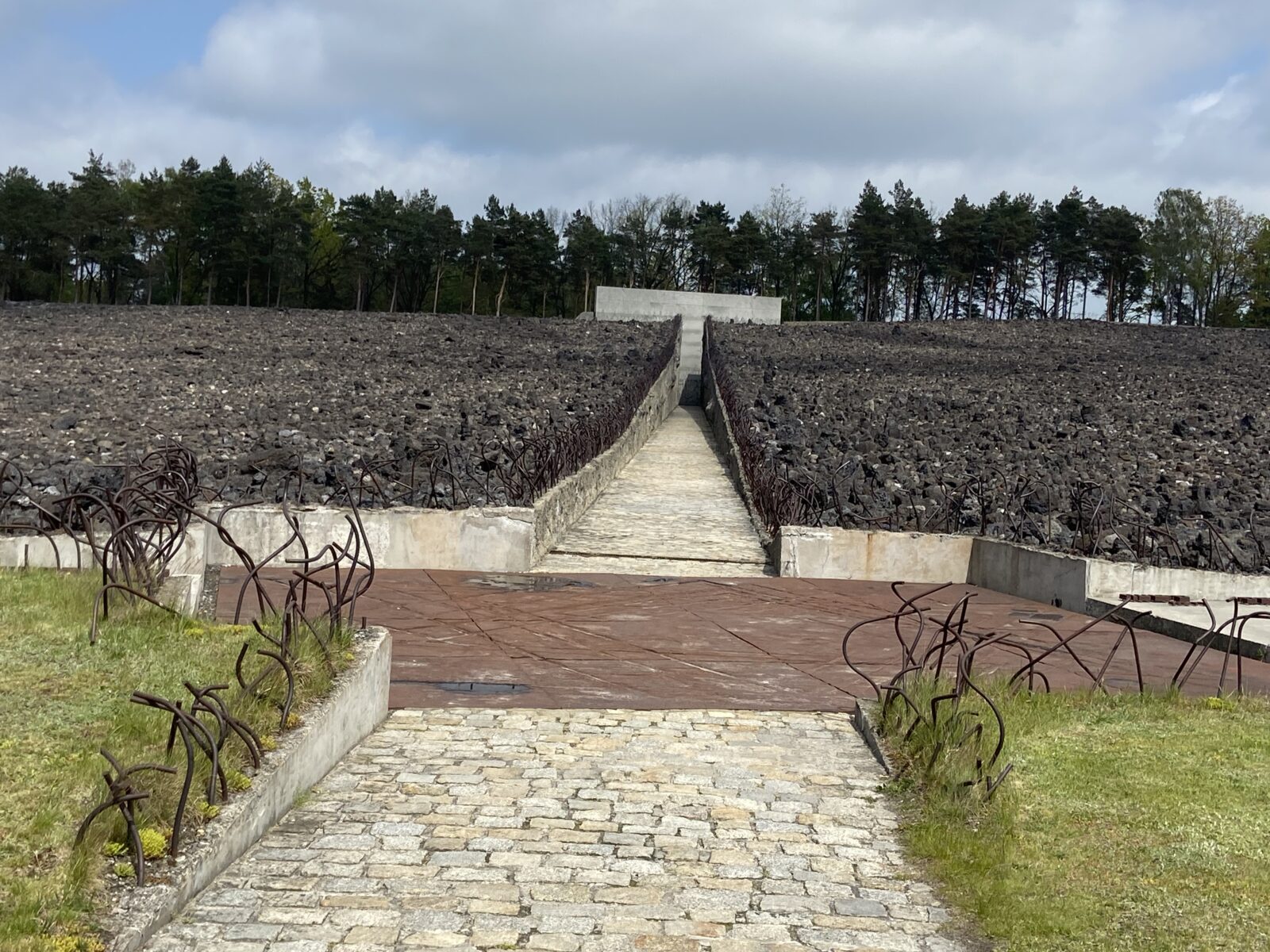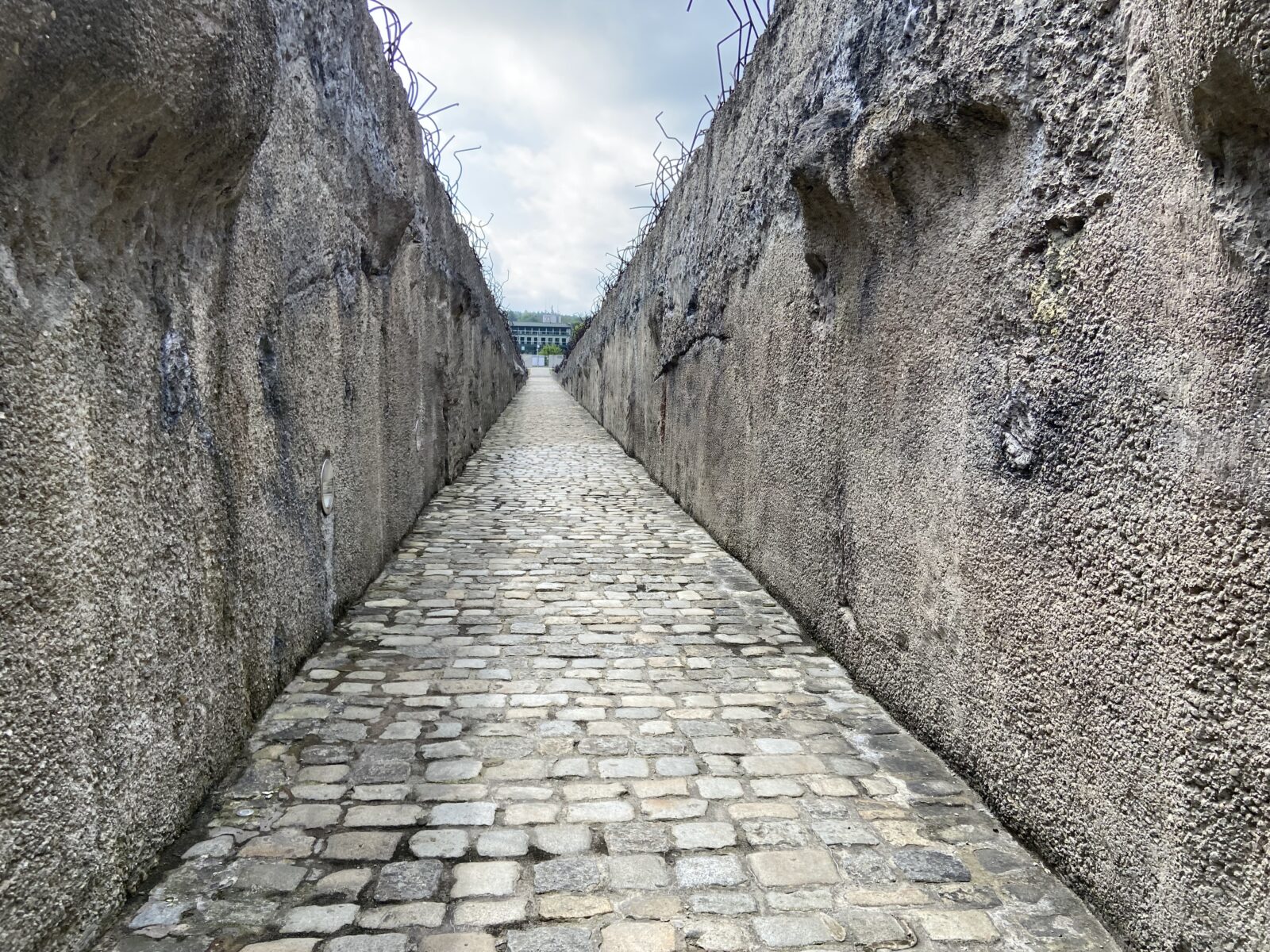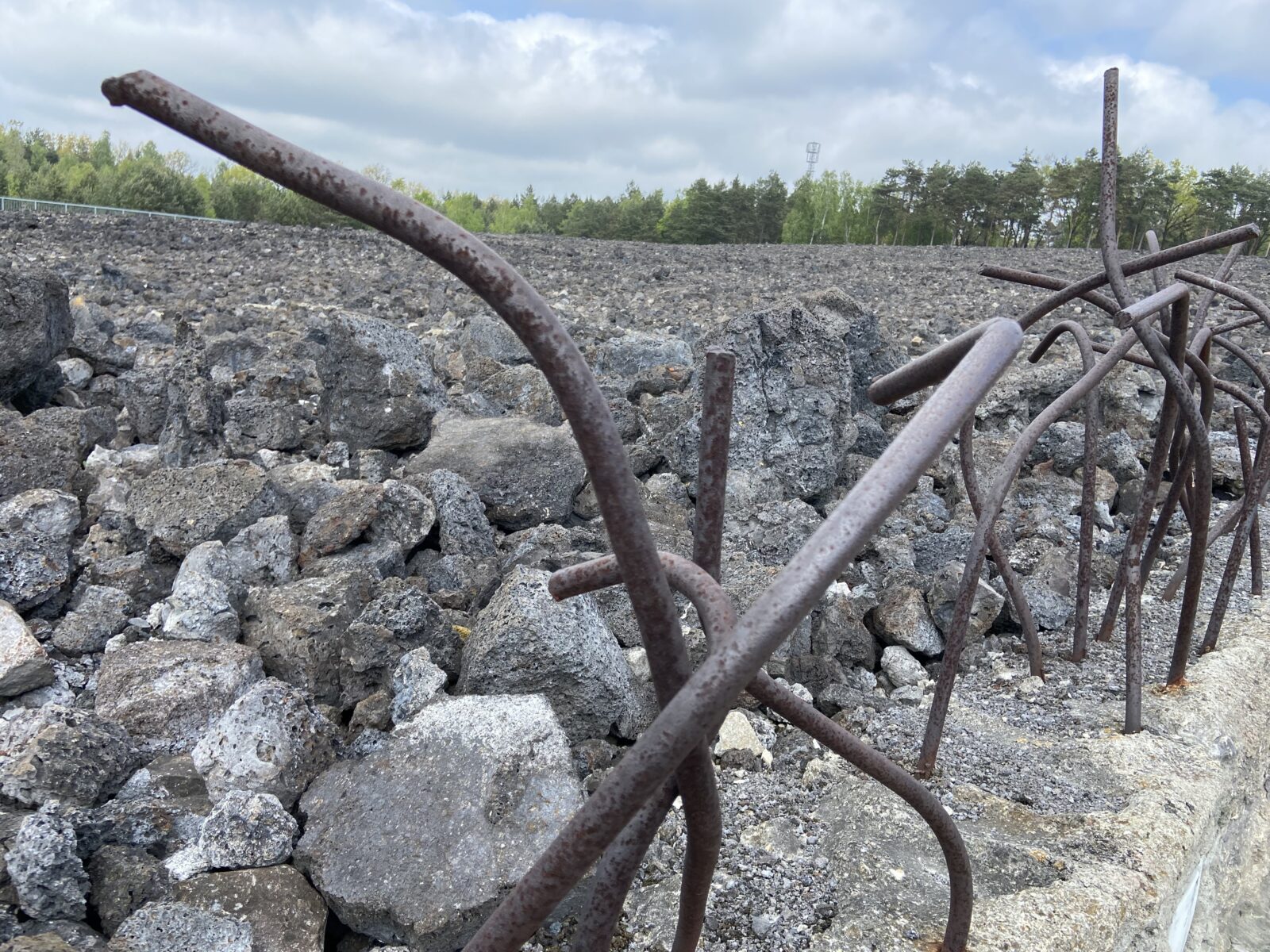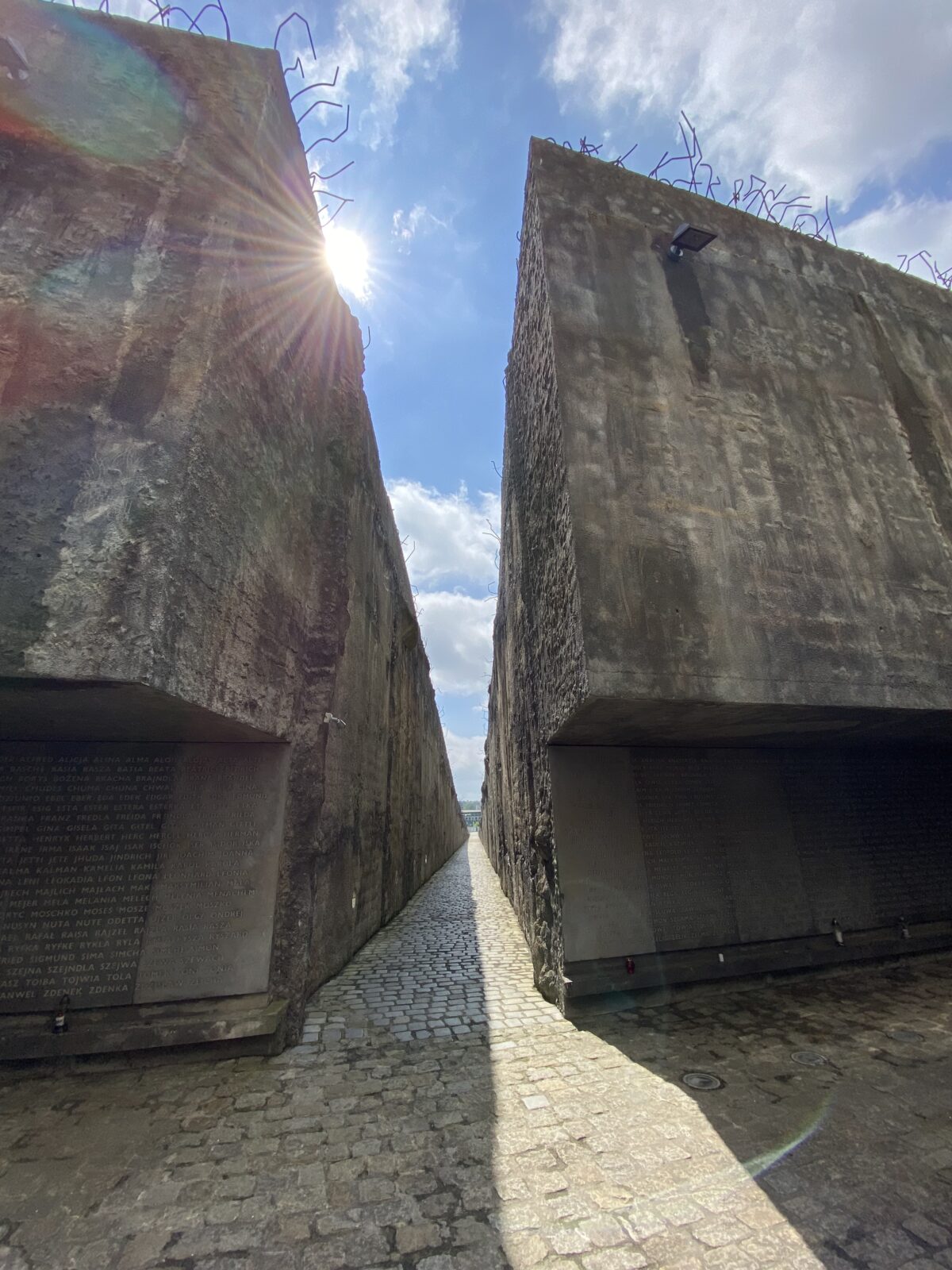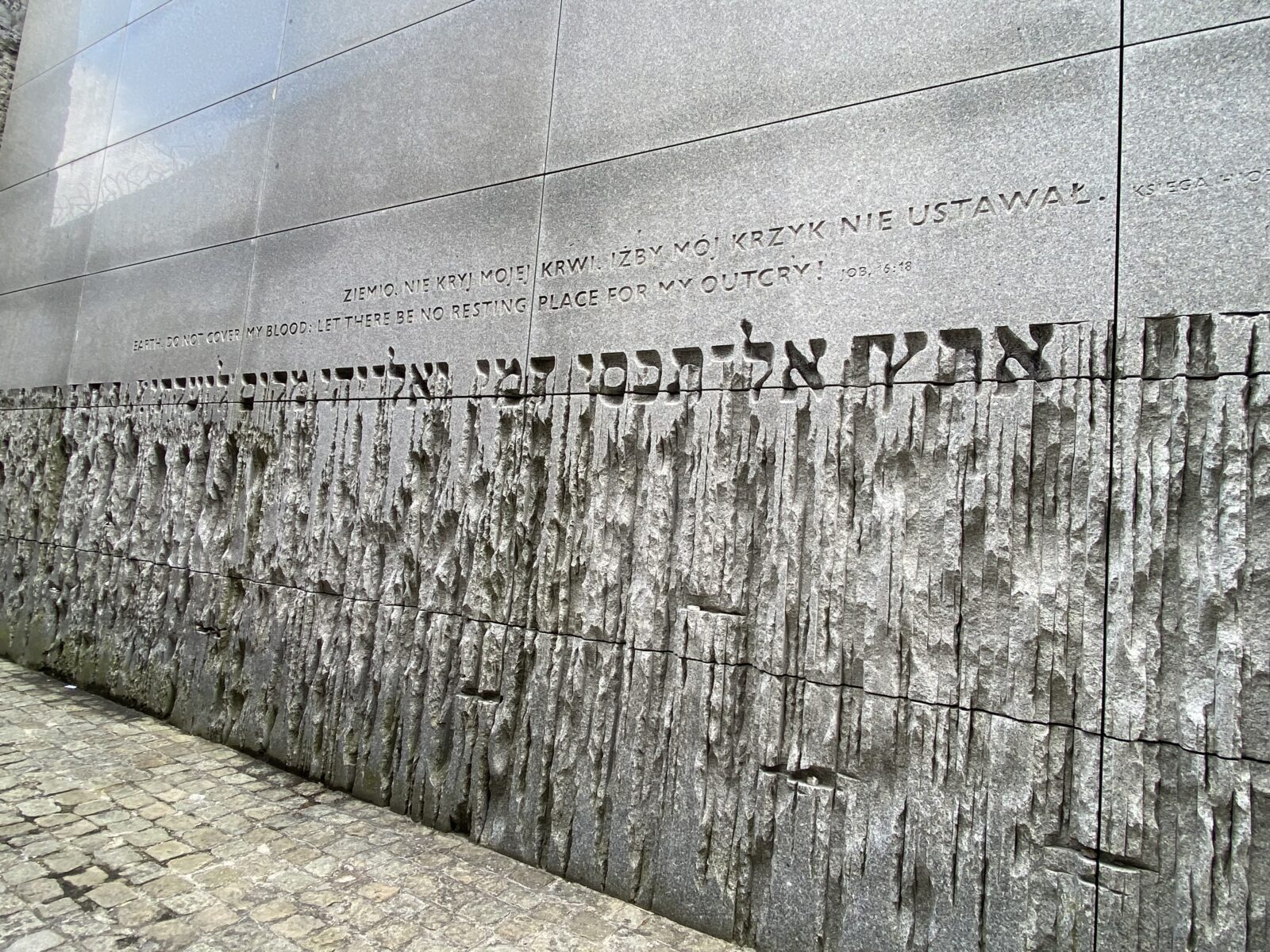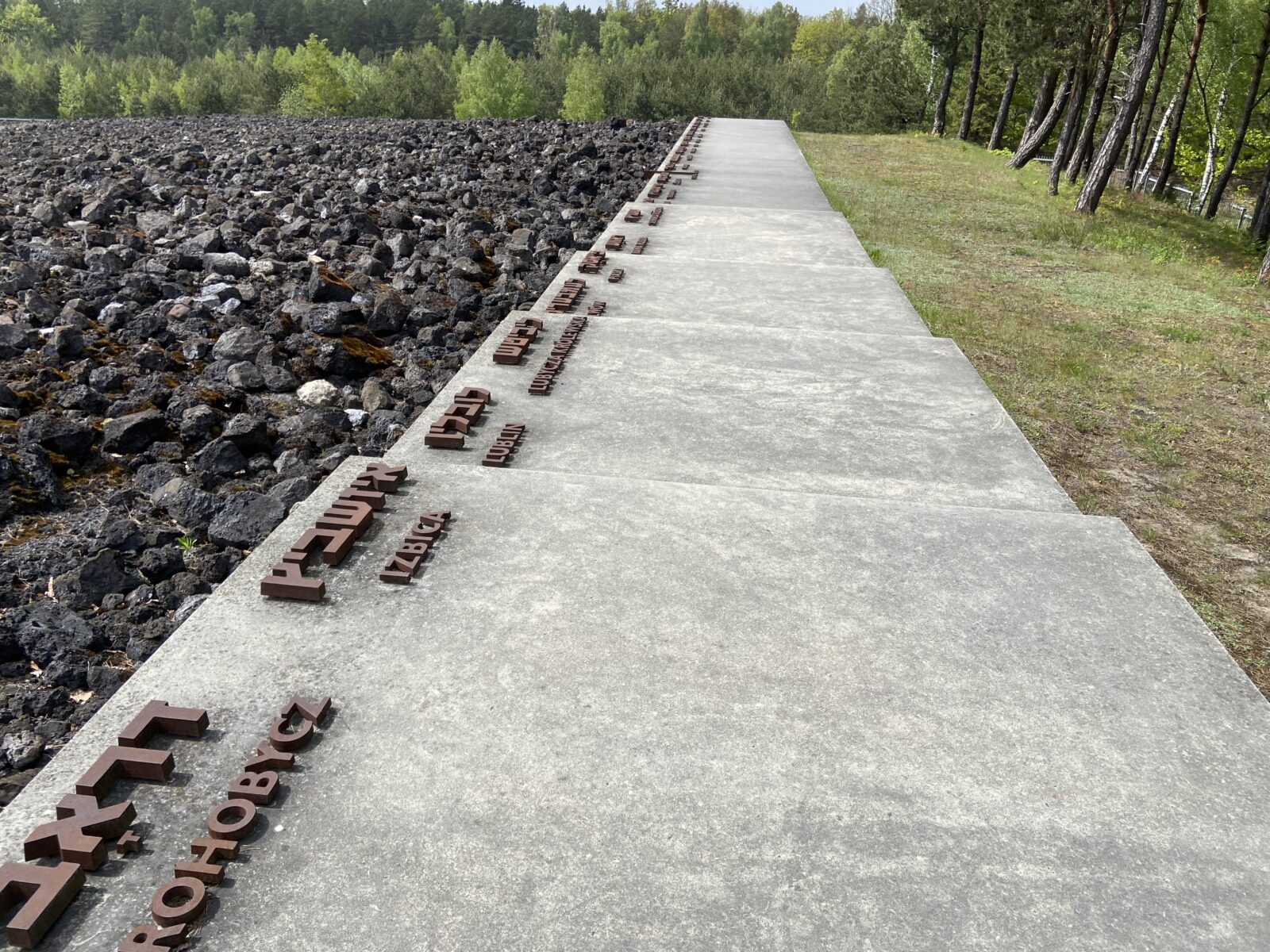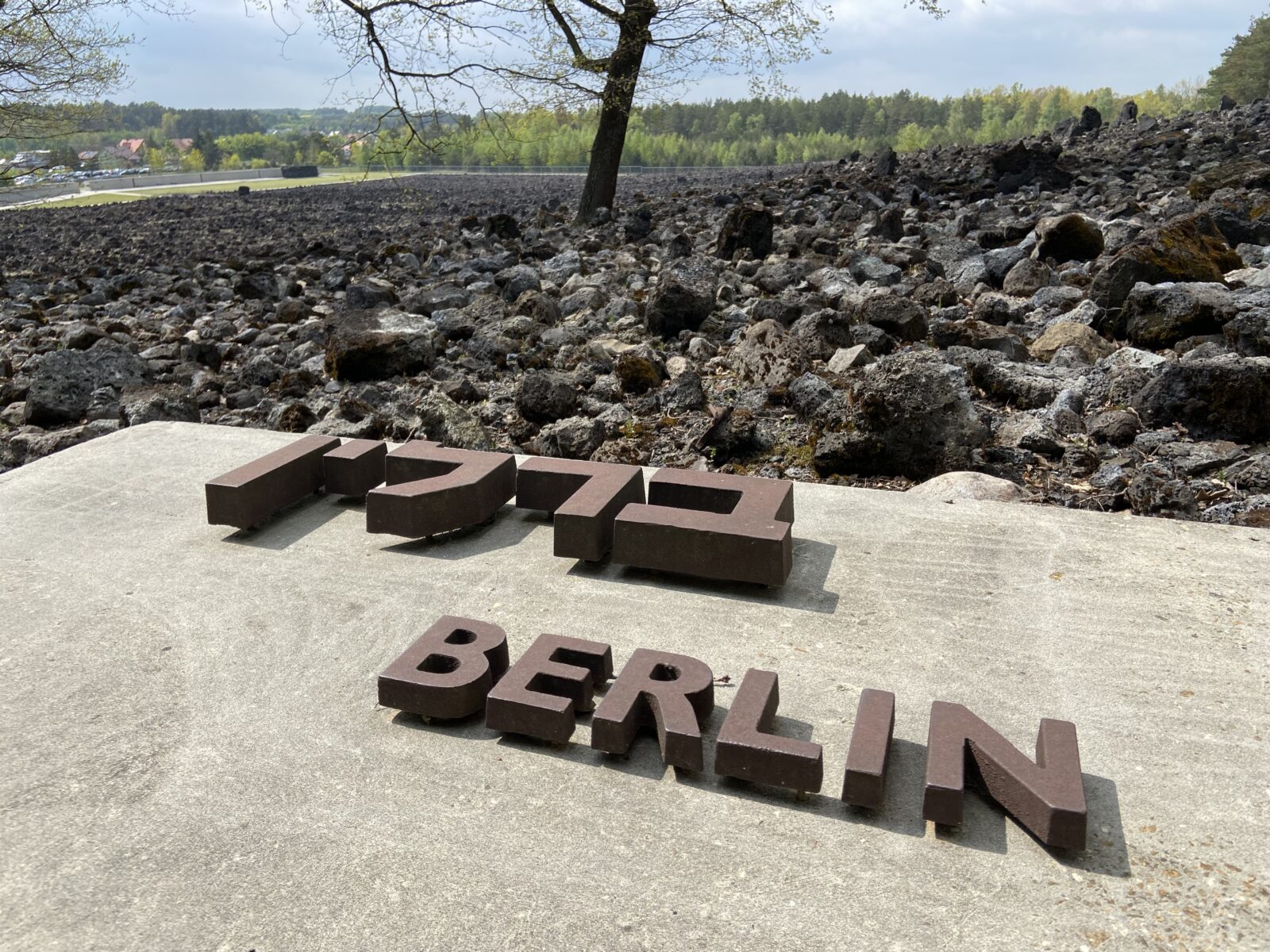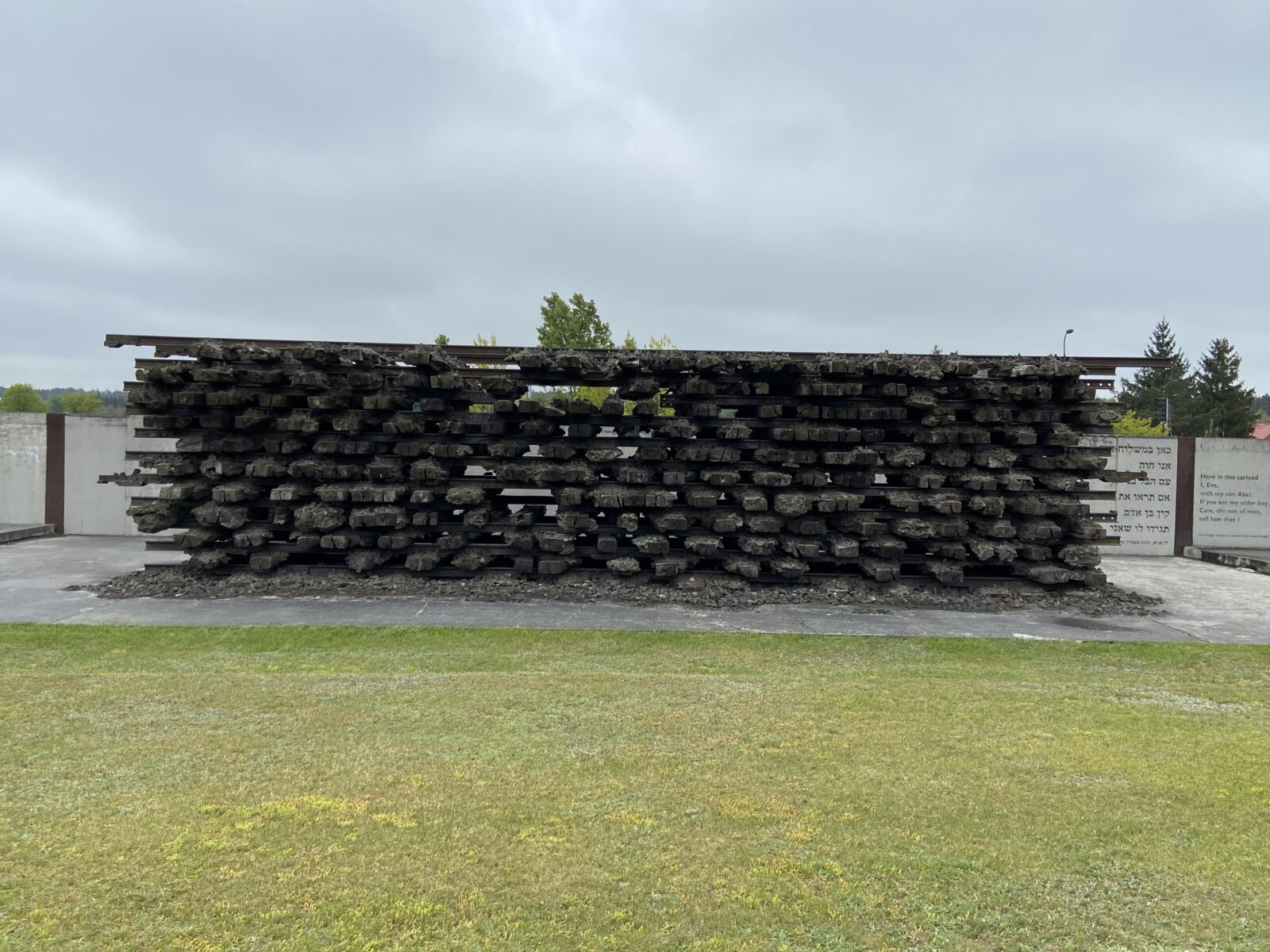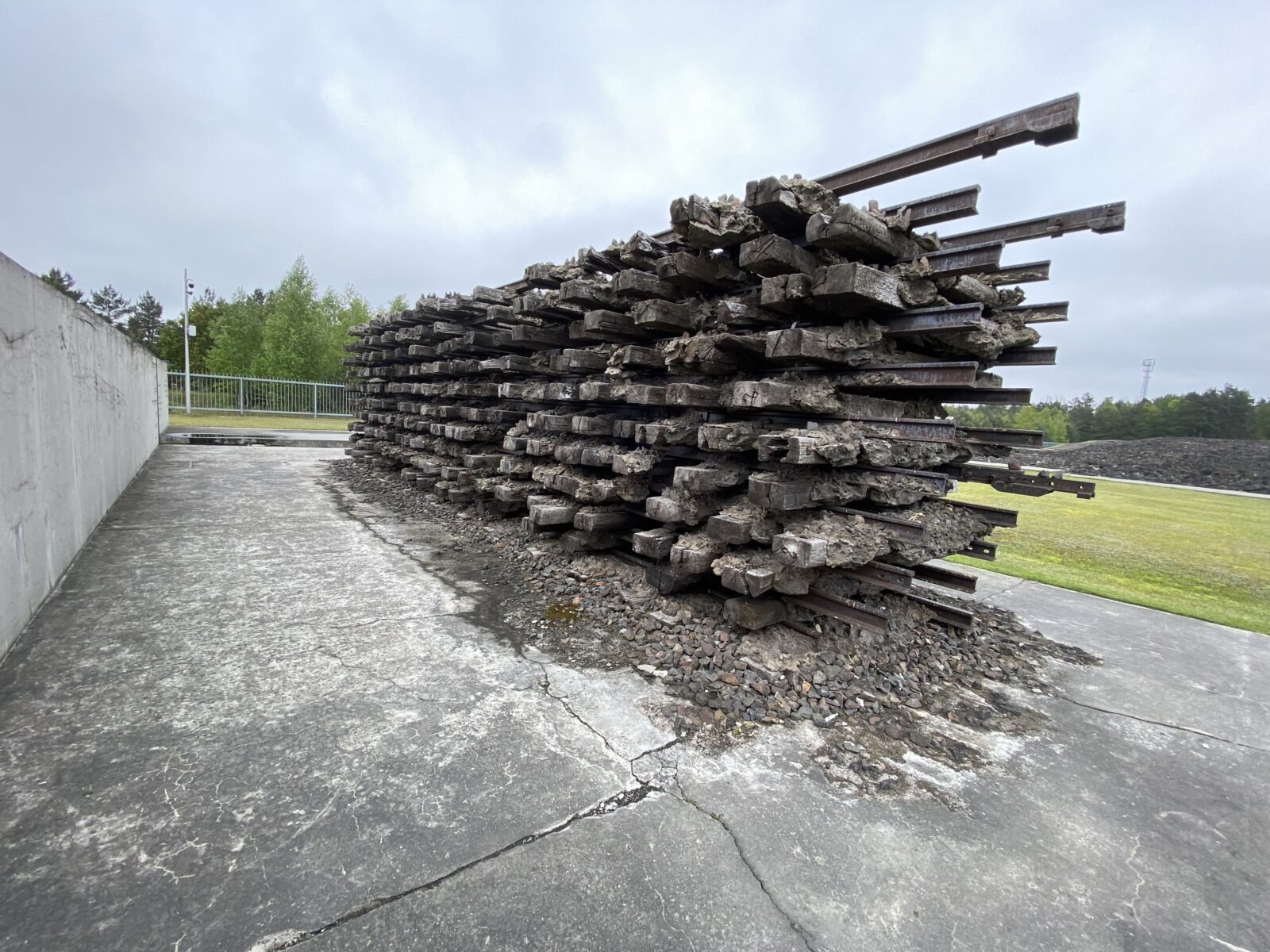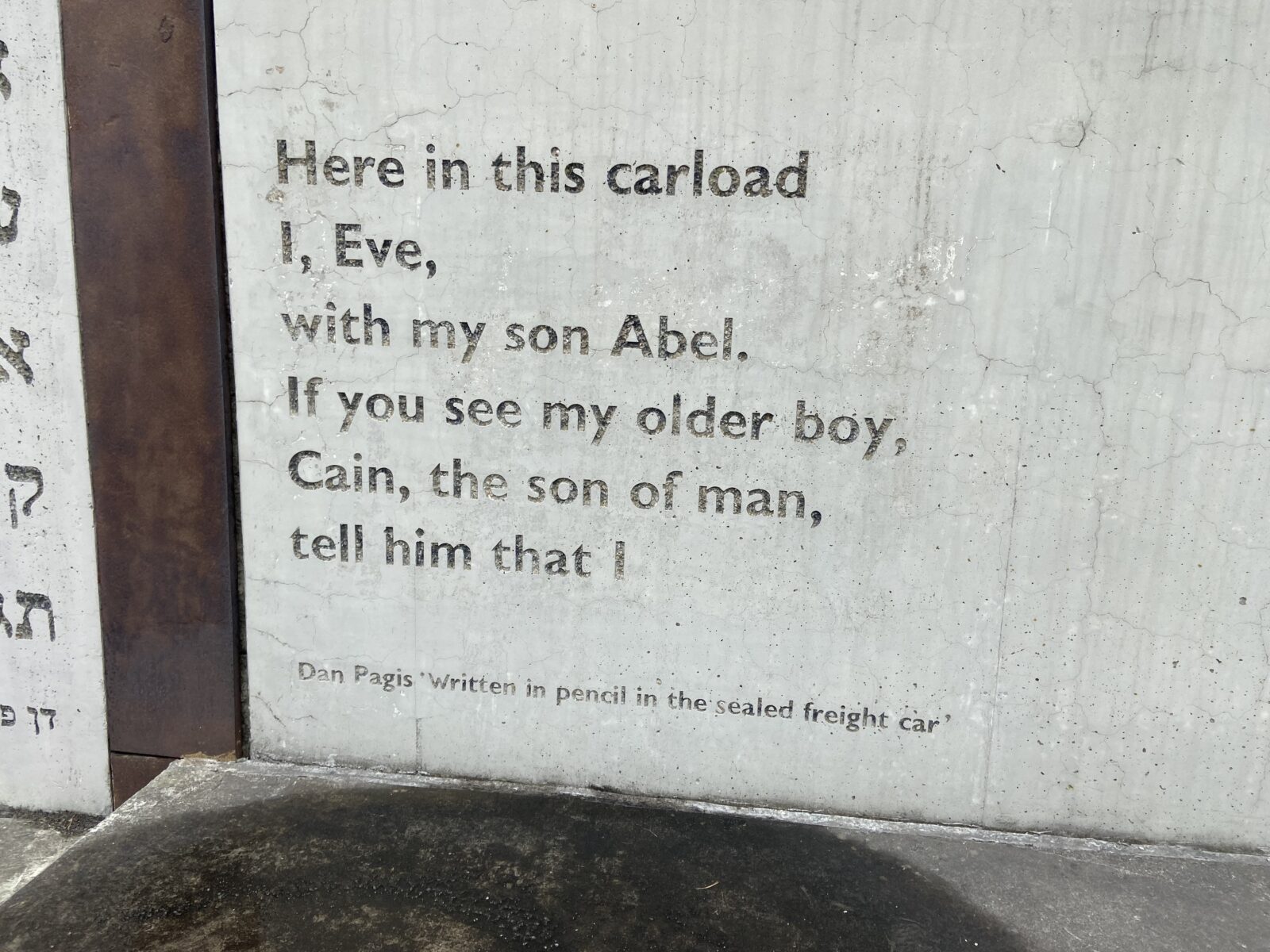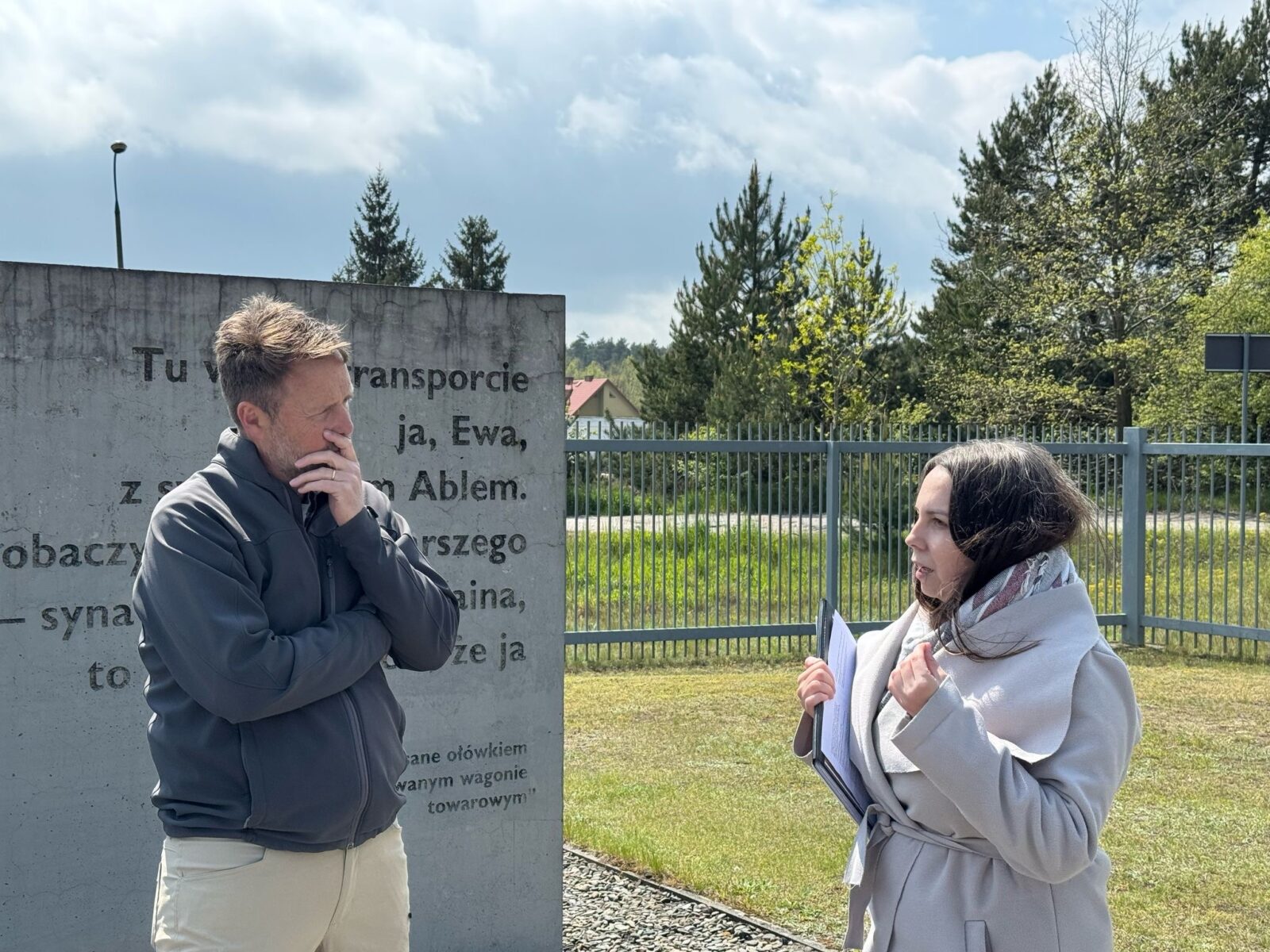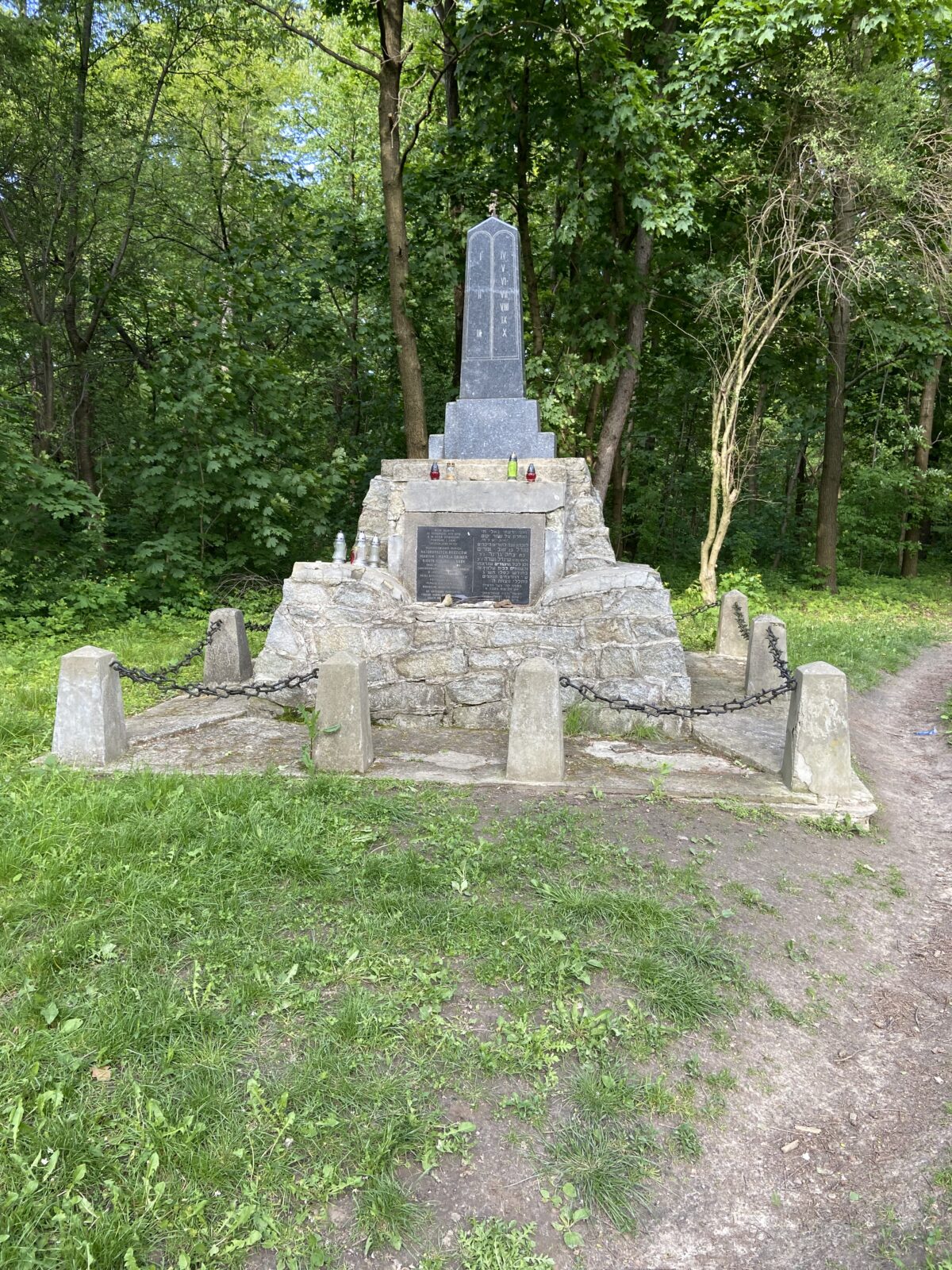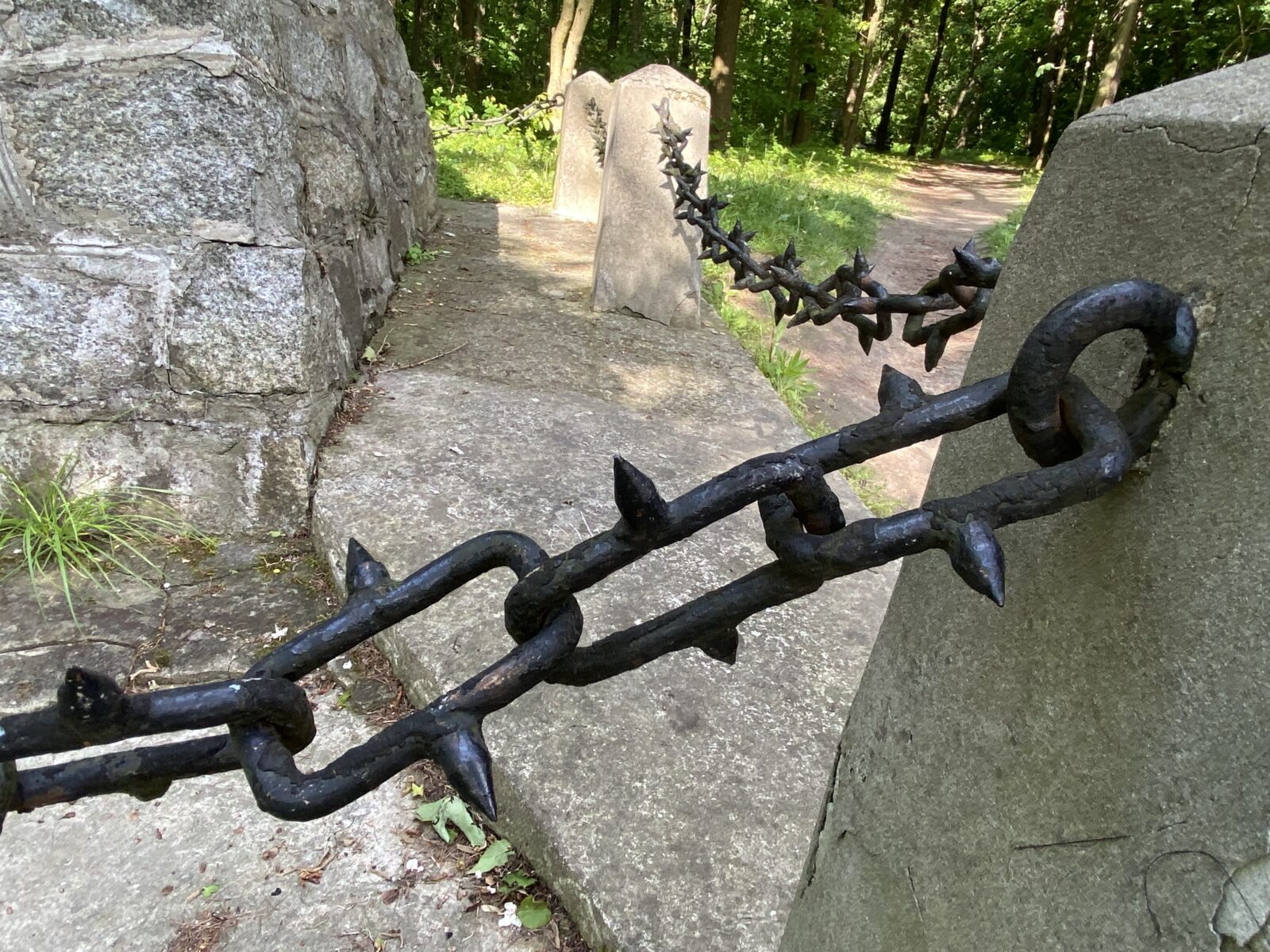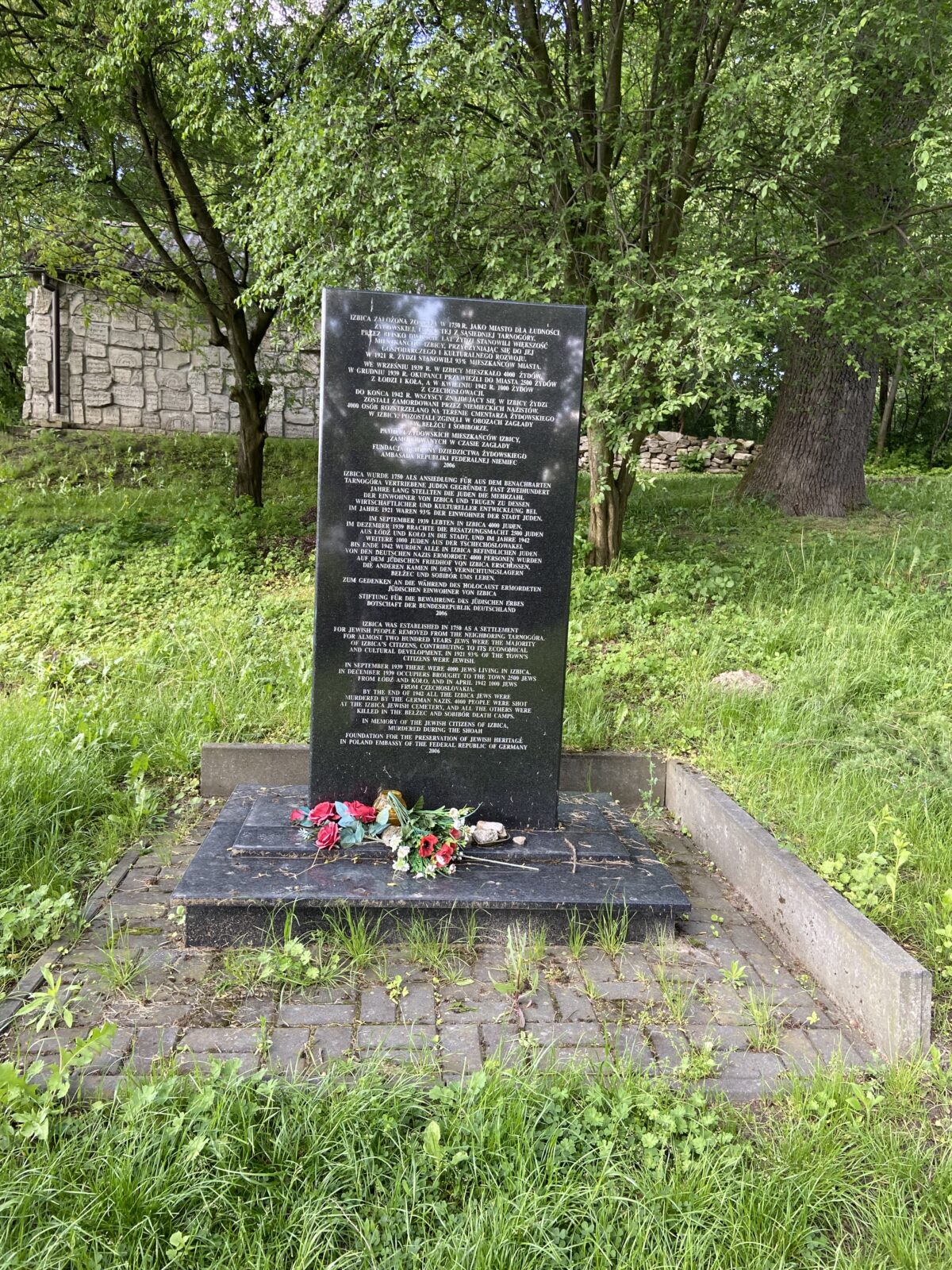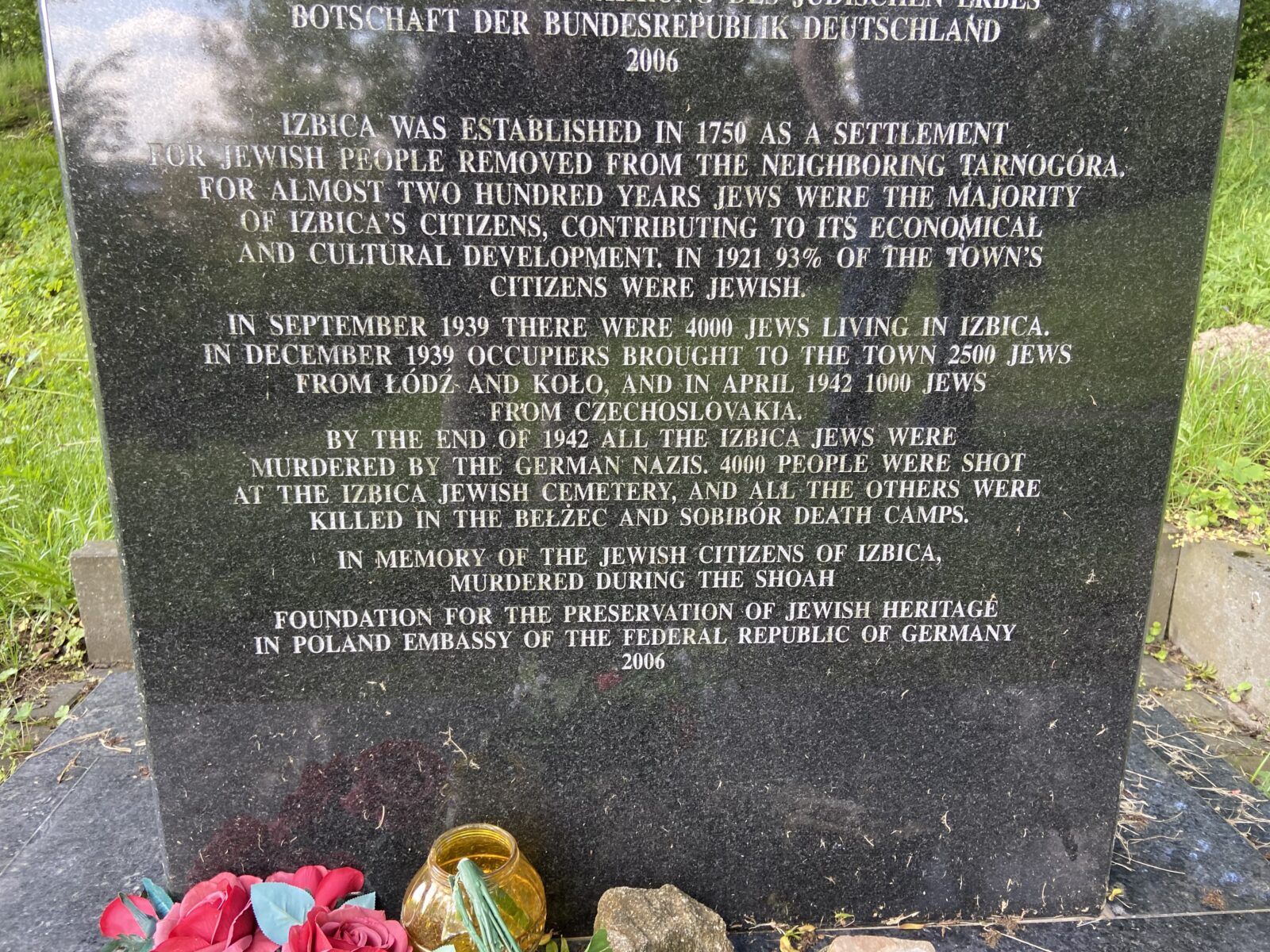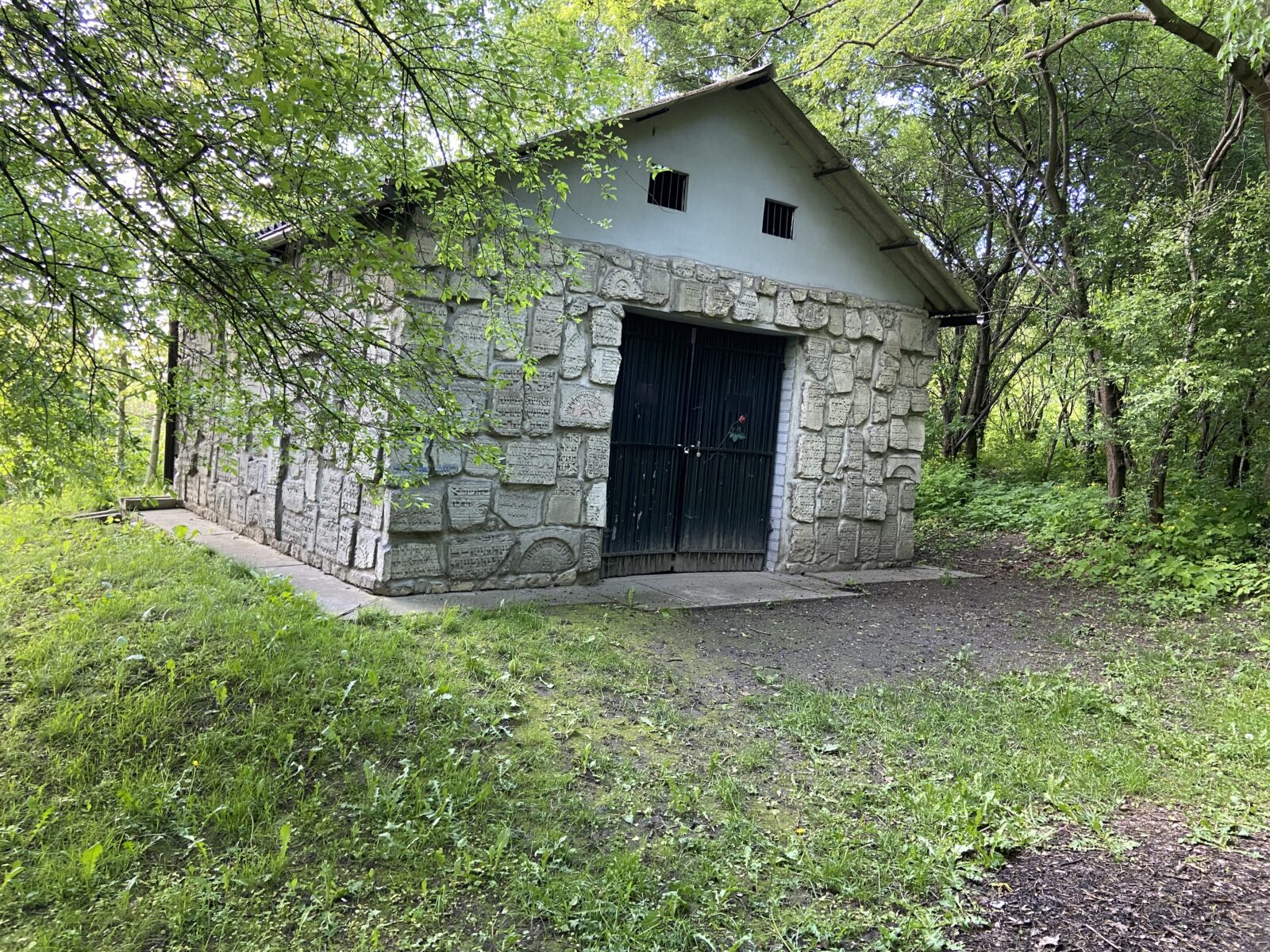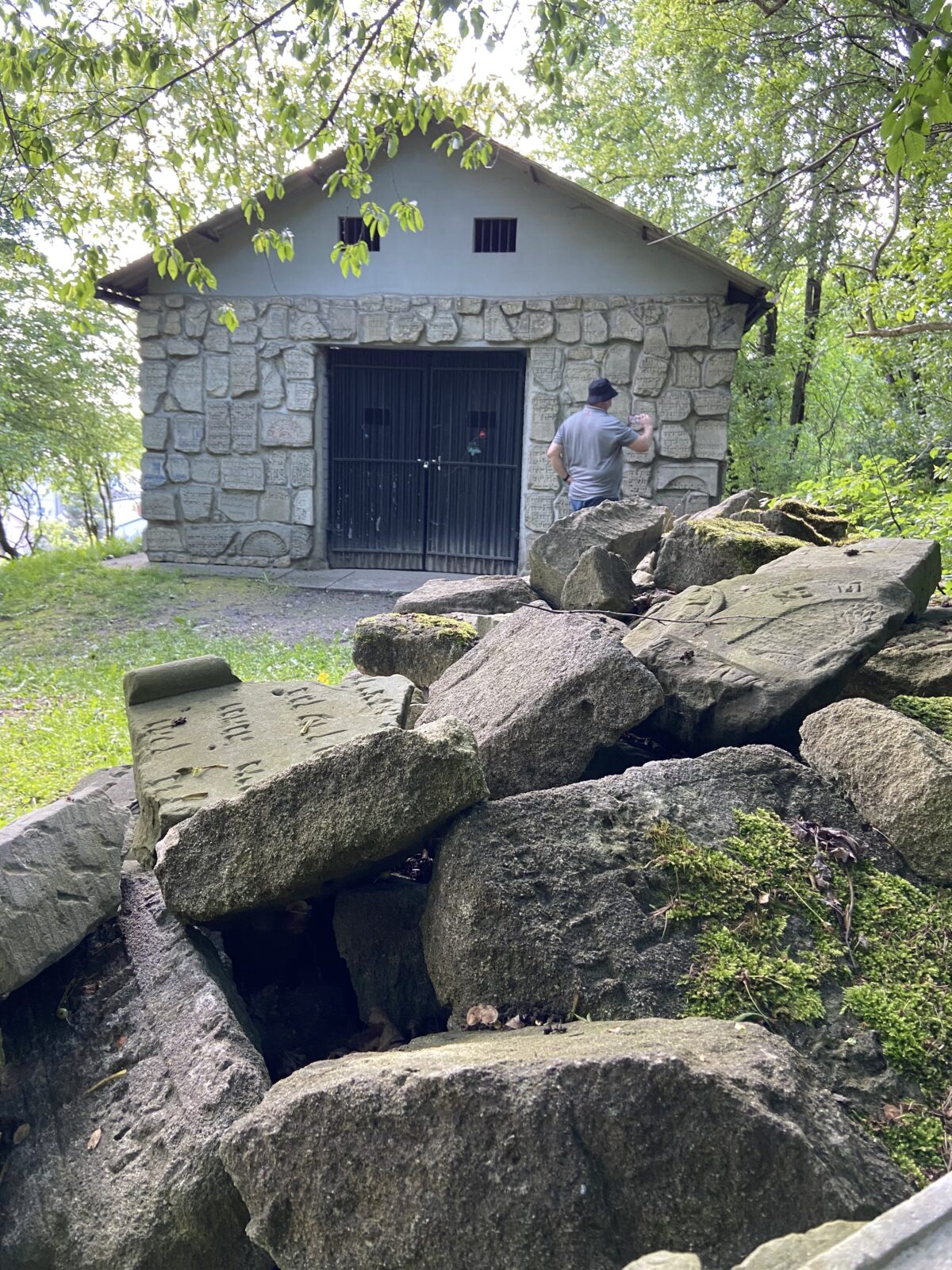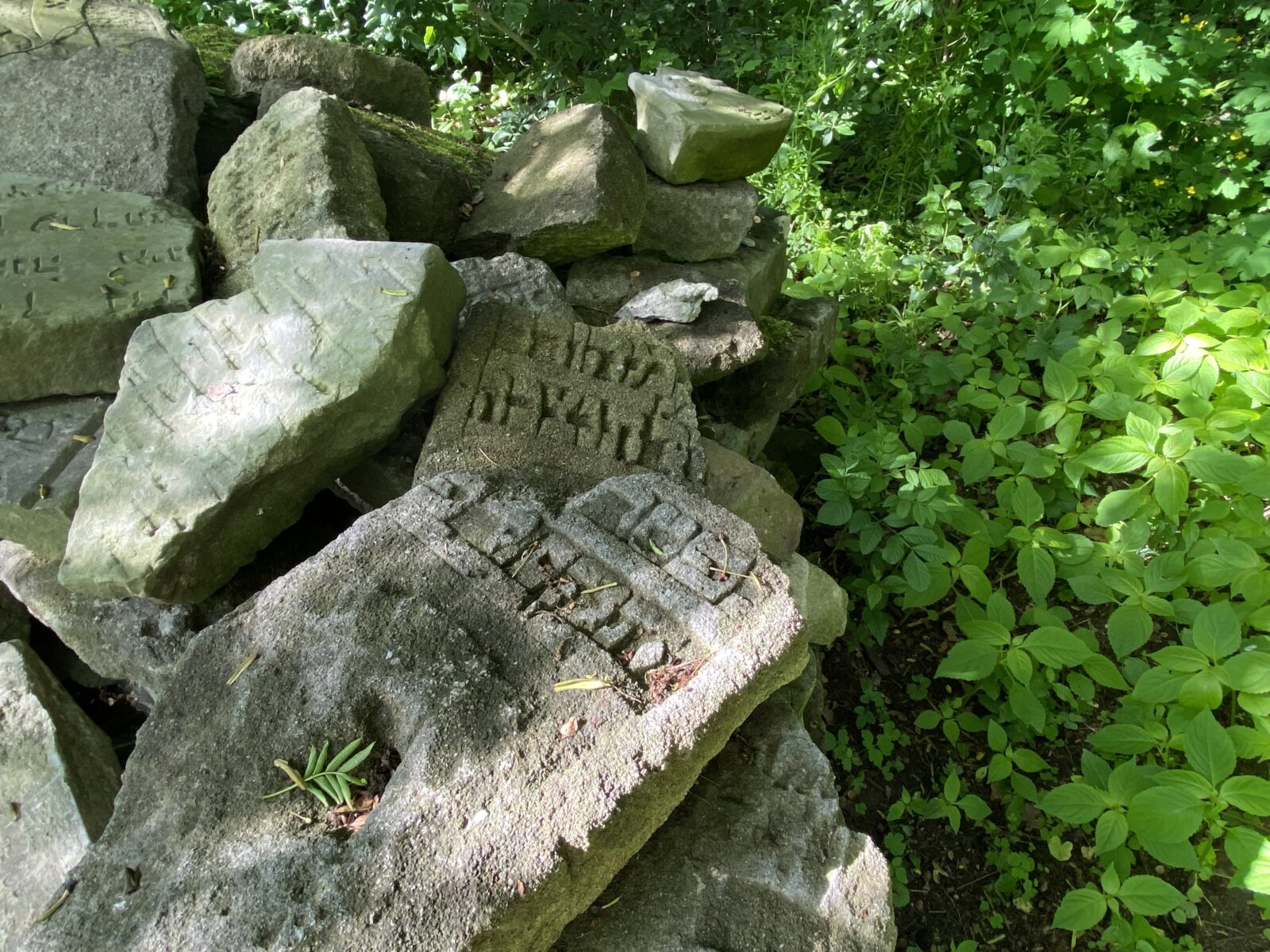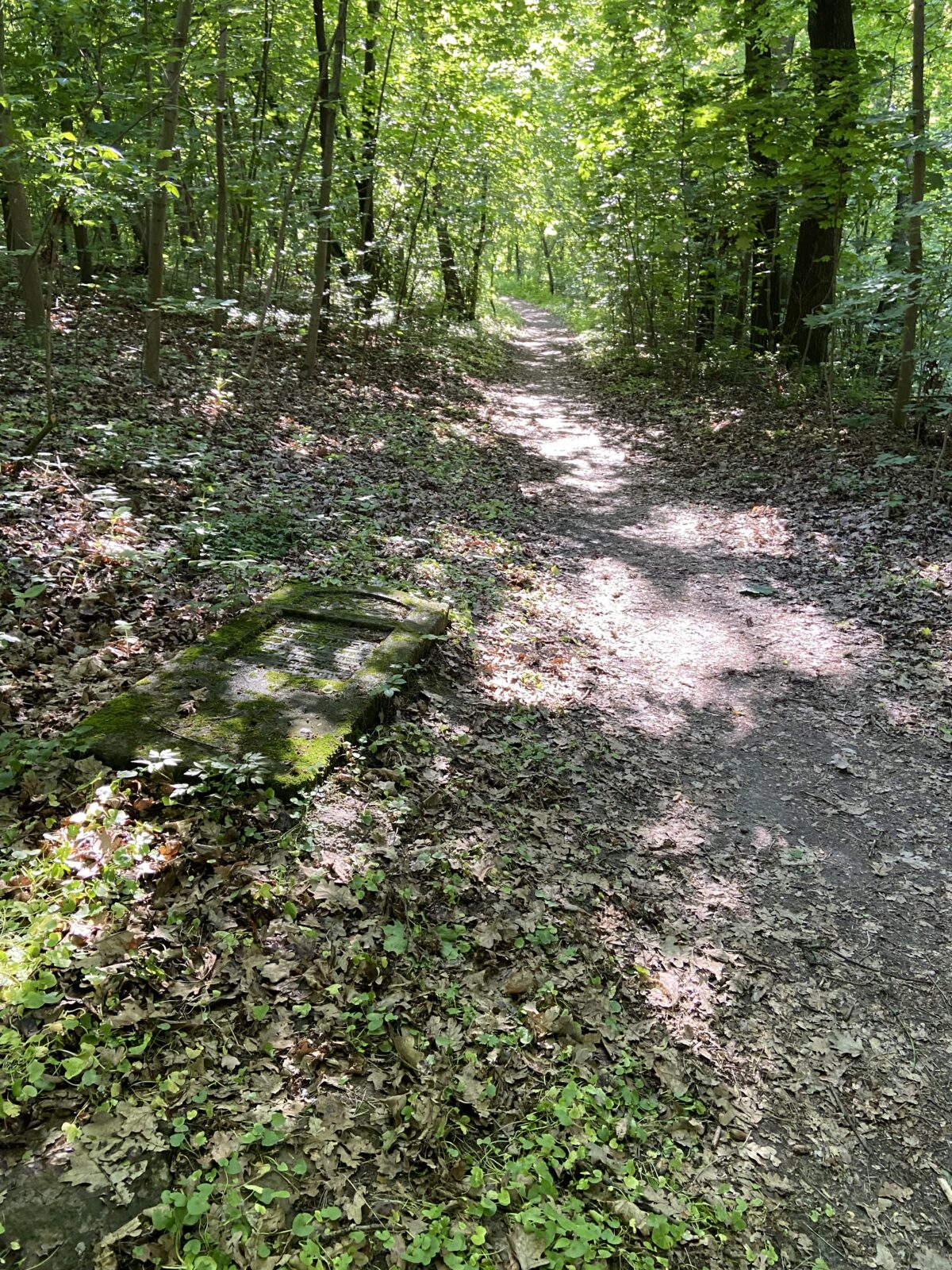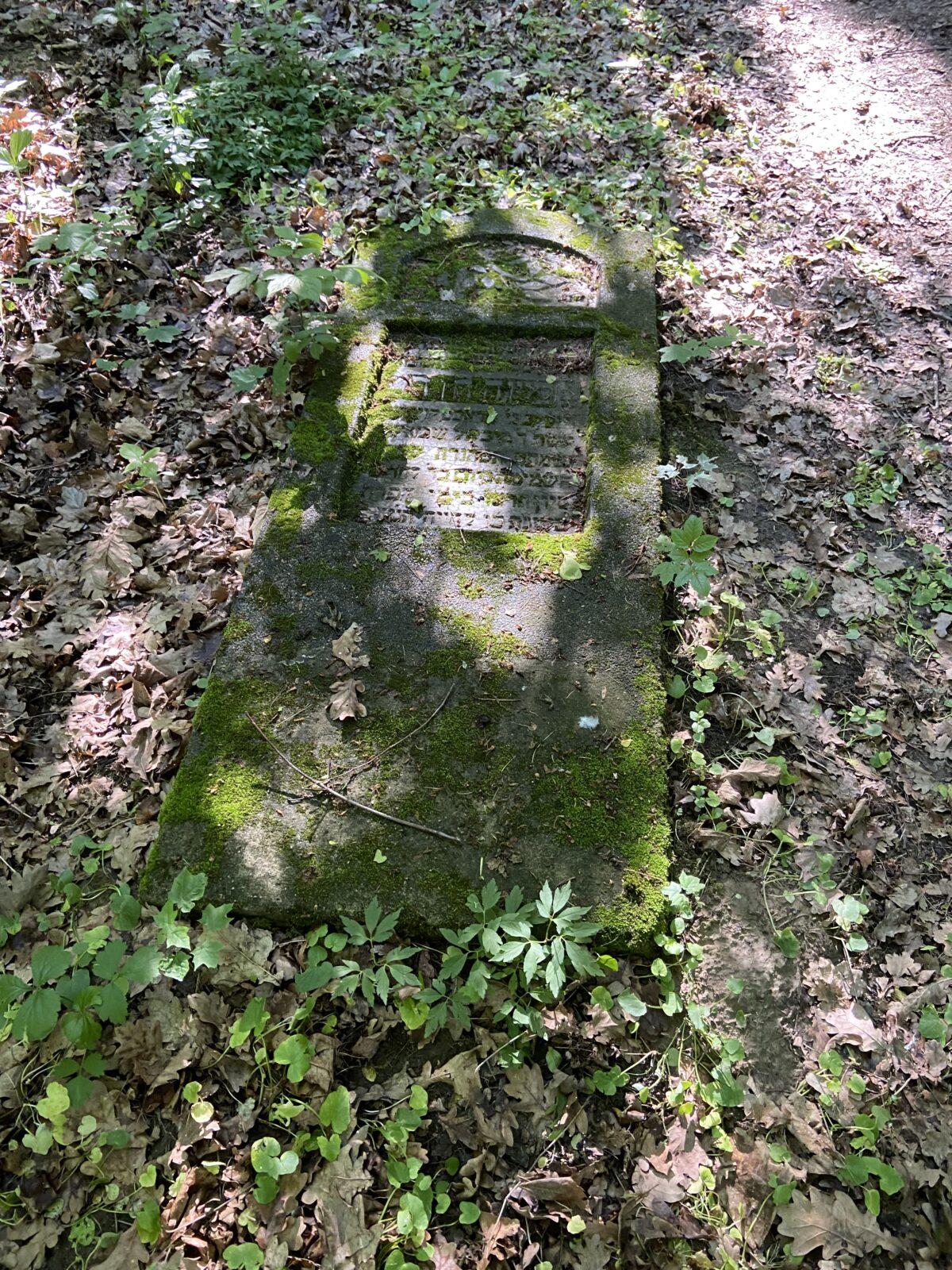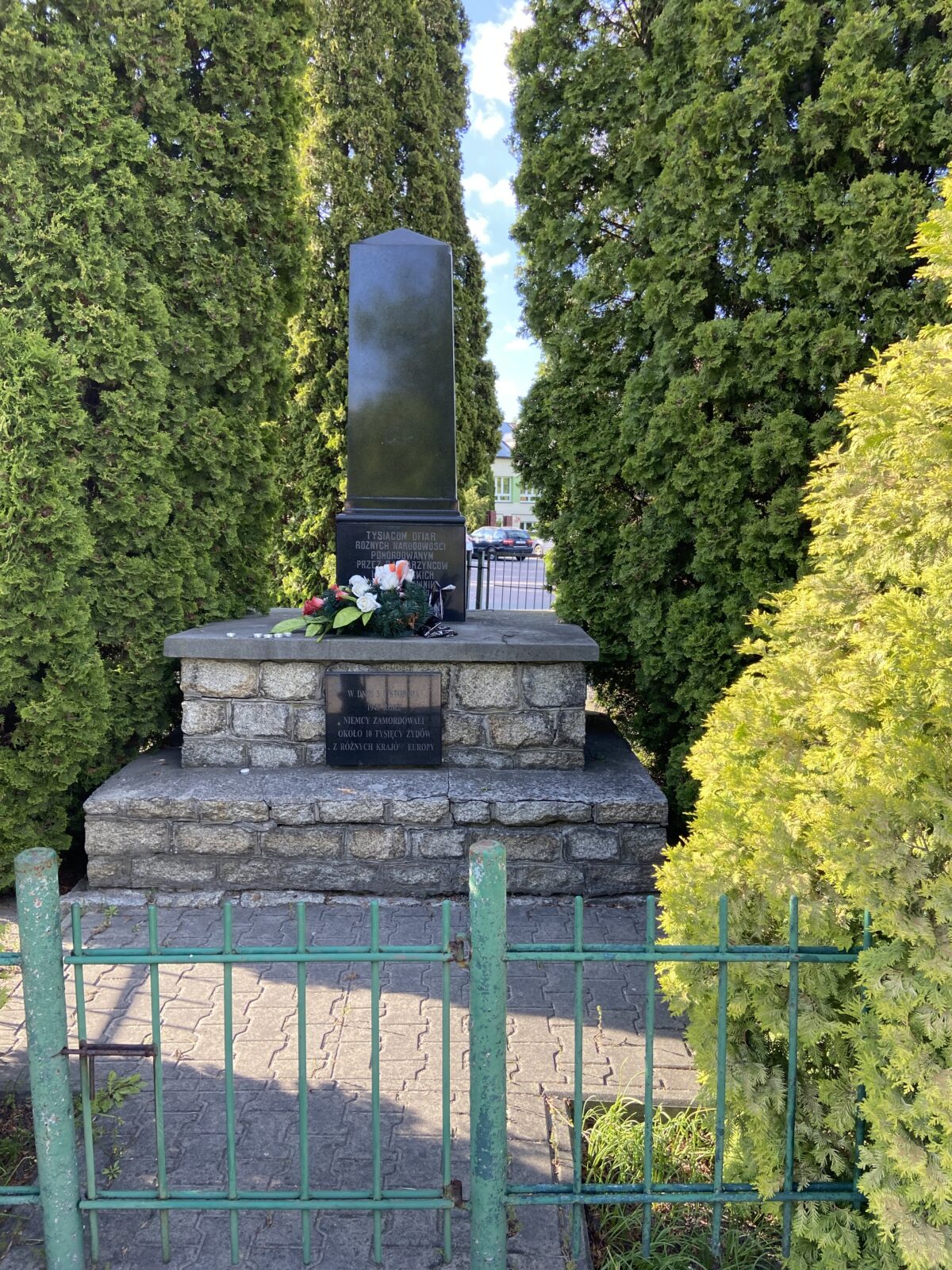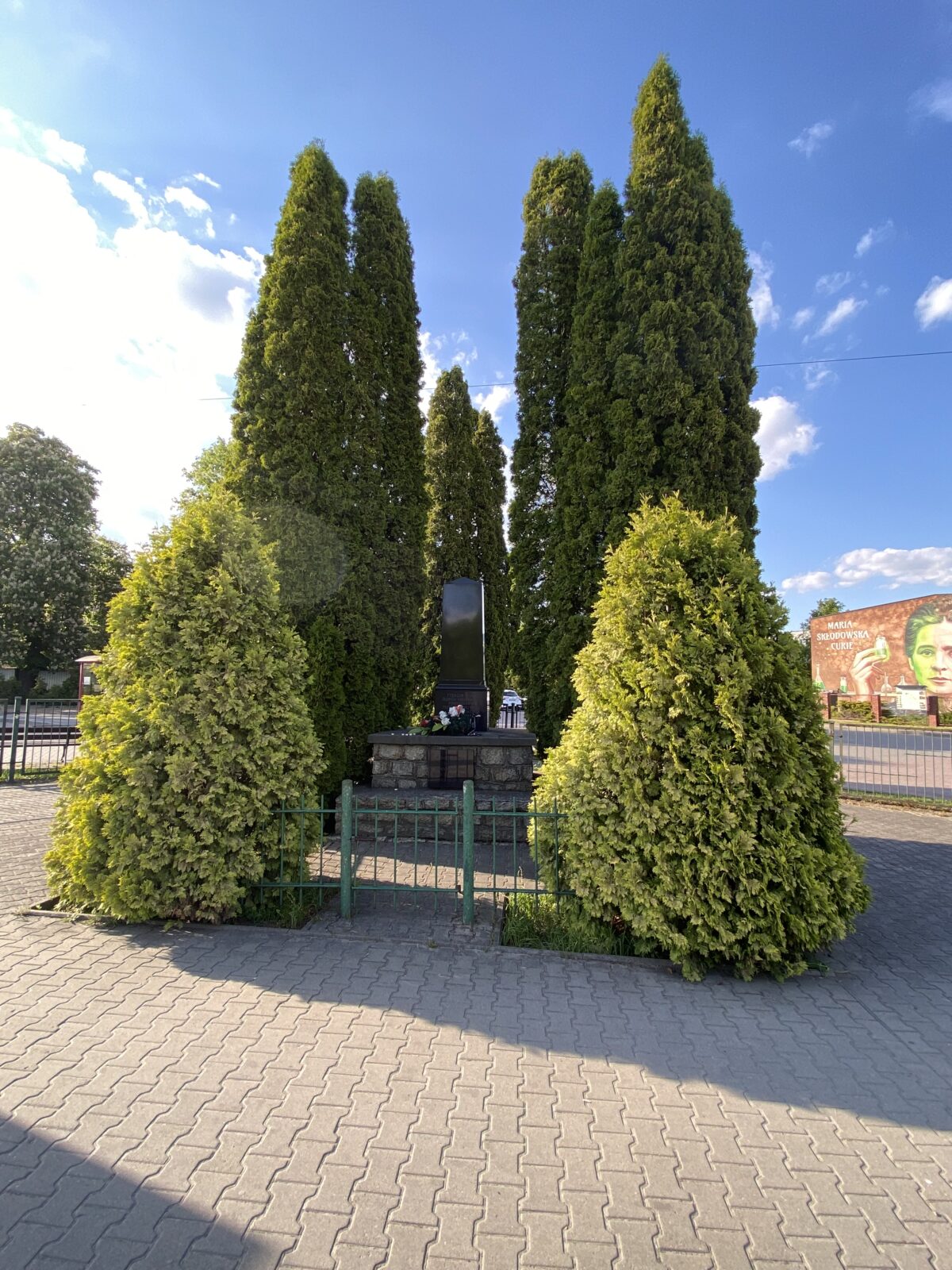No Words To Be Found
It took a while, but all of the Asbury students are now back on U.S. soil. I, however, am staying over for a few days to do some more exploring. My good Aussie mate, Damien Stewart, now a full-time resident of Warsaw who is finishing up a Ph.D. focused on generational trauma, has agreed to zip me around to a few places over the next couple of days.
First up, Bełżec – a Nazi extermination camp on the west side of the Bug River (the demarcation line that the Russians and Germans settled on prior to the start of the war) in southeast Poland. It was, in that most perverted sense of the term, a very “successful” extermination camp – roughly 500,000 murdered, only two survivors. (This is the third highest victim count behind Auschwitz, ~1.1 million, and Treblinka, ~900,000.) The lack of survivors, as well as its remote location (it sits just about 20 kilometers away from the Ukrainian border), has resulted in its unfamiliarity to most westerners.
Its postwar history (or should I say, non-history) is fascinating and needs to be explored at another time, but for now it is important to note that the modern memorial was established and opened in 2004. Dominika, our guide, did a wonderful job walking us through the exhibits as well as the memorial itself. Pictures are below.
Next, Damien surprised me with not one, but two “off-the-beaten-path” sites to track down and explore. The first was to be found in the town of Izbica (founded in 1750 as a settlement for Jewish people), where the Germans had set up both a concentration and transit camp. Many to-be victims from across Poland (as well as across Europe more broadly) were transported to Izbica and then held here for a few days before they were sent on to either Bełżec or Sobibor to be murdered via gas chamber. It was a holding station so that the killing at these camps could be more smoothly scheduled and conducted. This camp, by the way, is one of the camps the Polish Government in exile arranged for emissary of the Polish people, Jan Karski, to be smuggled into and out of as he was being prepared to be sent to England and the U.S. to report on what was happening to the Jews of Europe. (I’ve mentioned this before, but if you don’t know the story of Jan Karski, I encourage you to become familiar with it.) The memorial there, actually a collection of several memorials dating from both pre- and post-Soviet liberation, is hidden away in a wooded and hilly park that was hard to access; the memorials themselves being harder yet to actually find. This park was the location of the old Jewish cemetery, one that was desecrated by the Nazis (the stones being repurposed for building materials) and then turned around and used as a mass burial location for about 4000 Jews when the camp was liquidated at the end of 1942. (The remaining people in the camps were sent to either Bełżec or Sobibor to be murdered.) One more interesting thing to note; if you’ve seen the recent documentary The Commandant’s Shadow, you’ll briefly see some footage of this hard-to-access Izbica memorial. Some pictures are below.
Finally, Damien drove us to the little town of Trawniki, just a few miles away. Here the Nazis set up a concentration camp where, in addition to having slave labor sort all the stolen goods from the victims of Bełżec and Sobibor, captured Ukrainian soldiers who had agreed to become SS functionaries were trained to serve as concentration and extermination camp guards. There is not much to see there anymore, but we did find a memorial. See a picture below.
Tomorrow we will visit Sobibor, another Nazi extermination camp that sits right at the tri-country border separating Belarus, Ukraine, and Poland. The memorial there has been recently updated.
